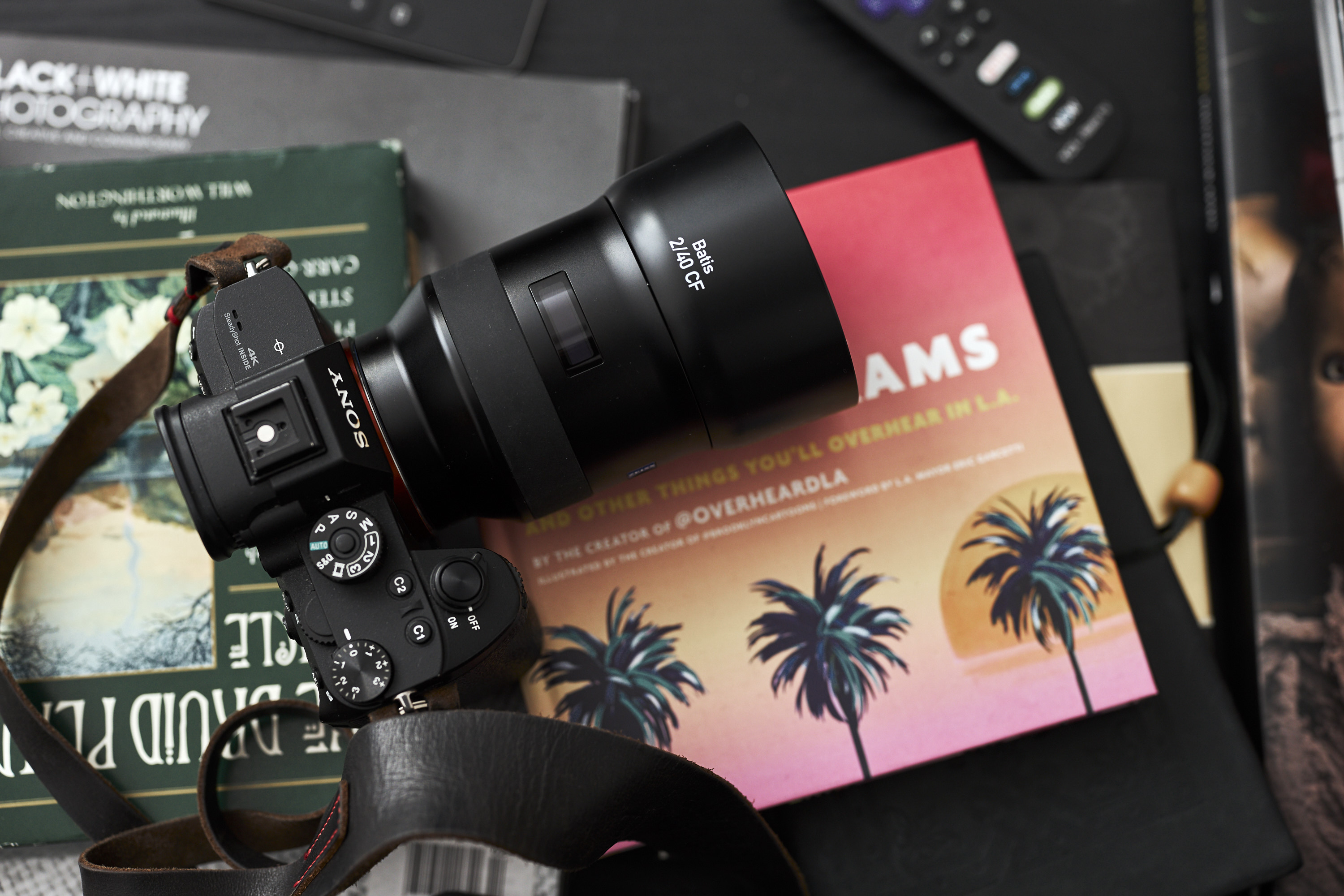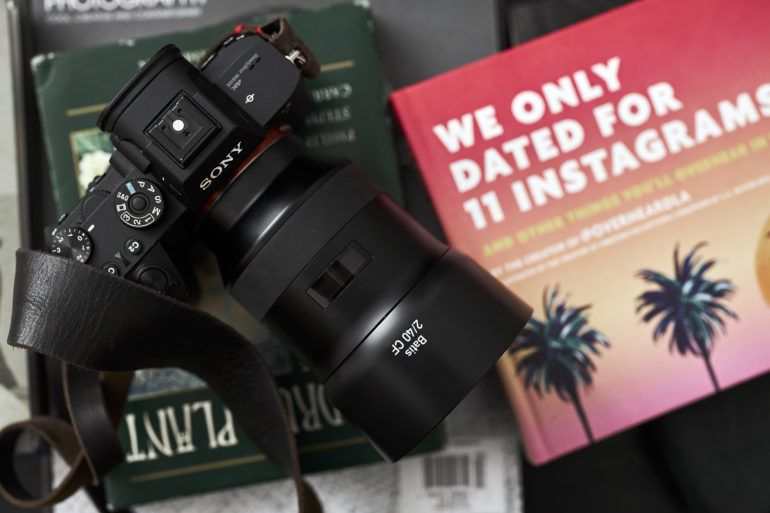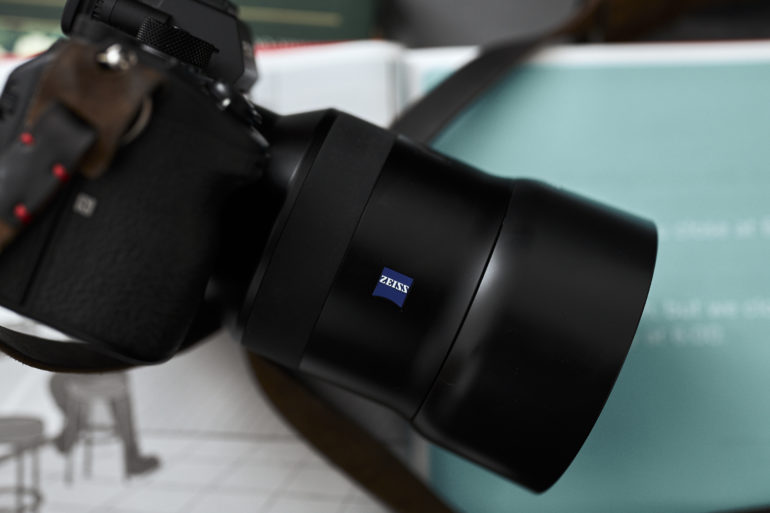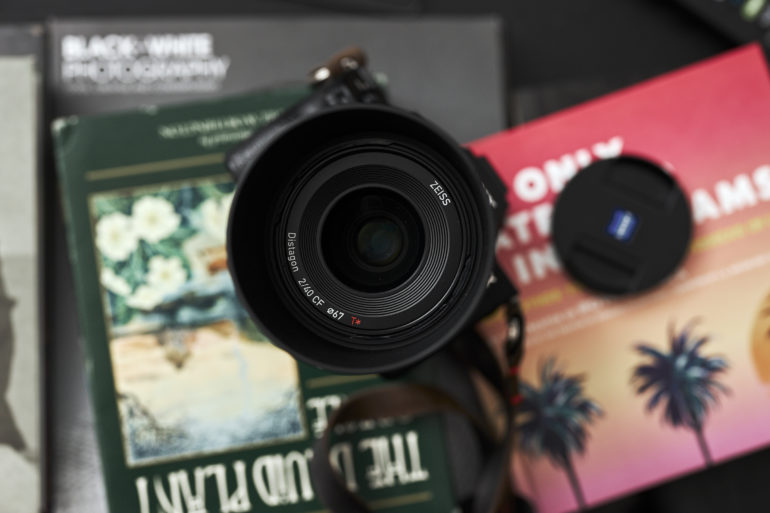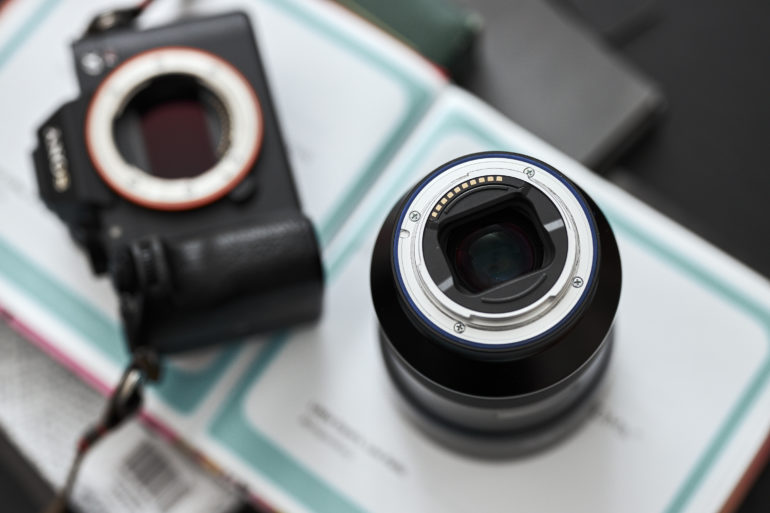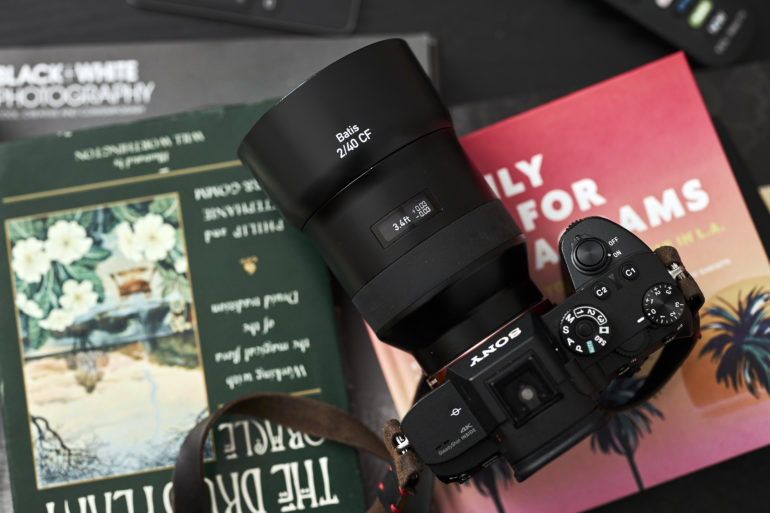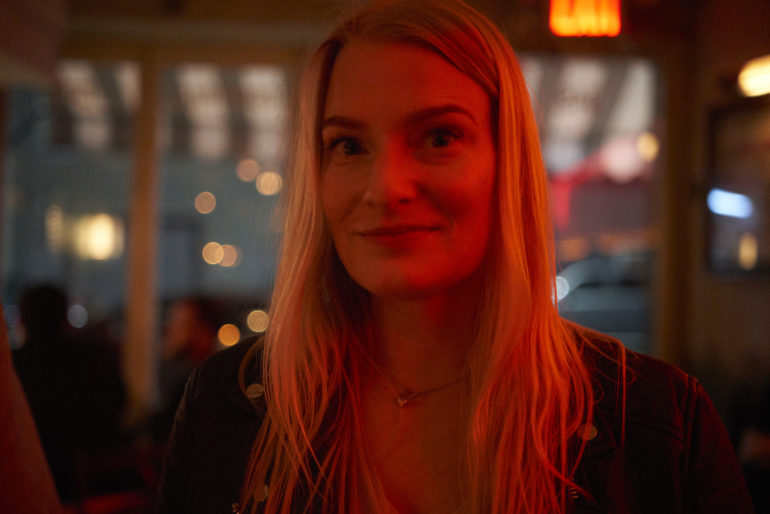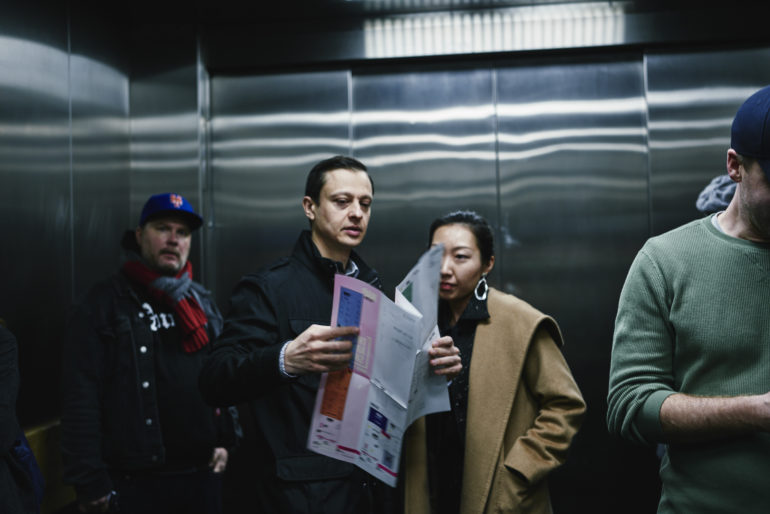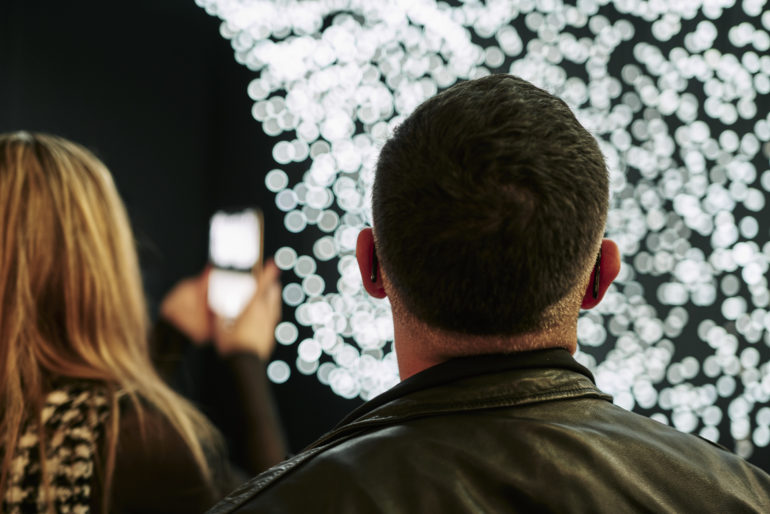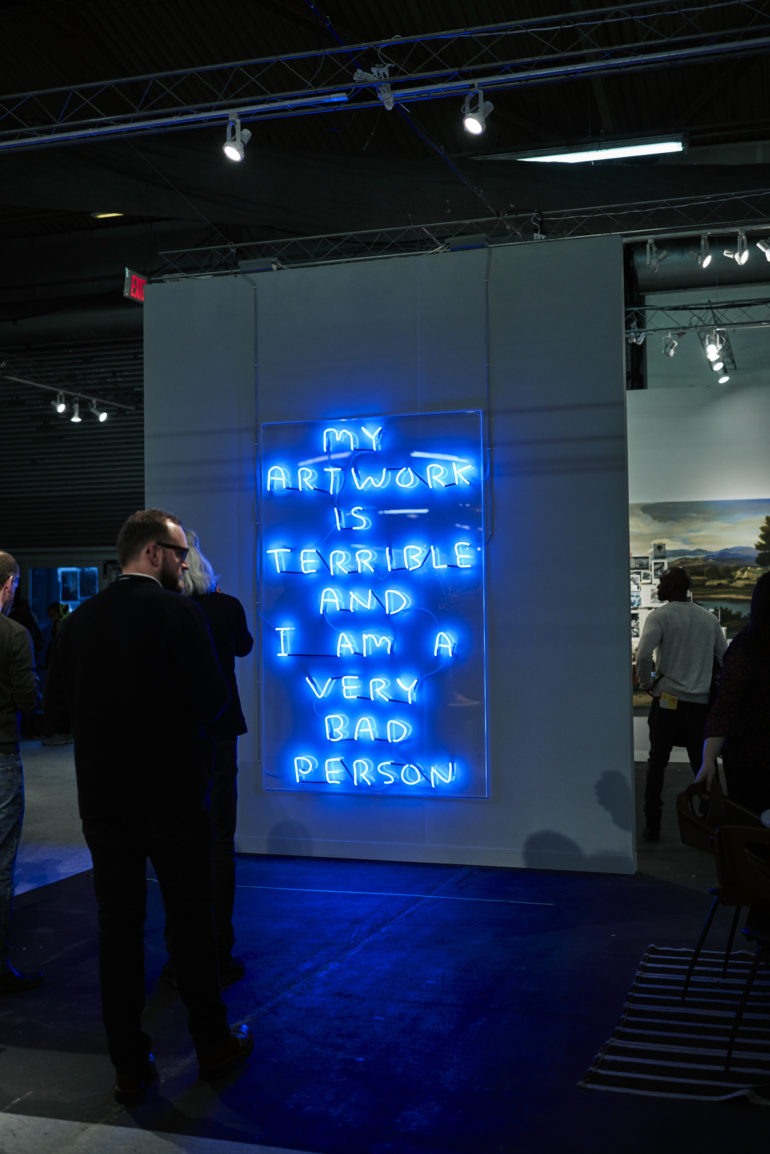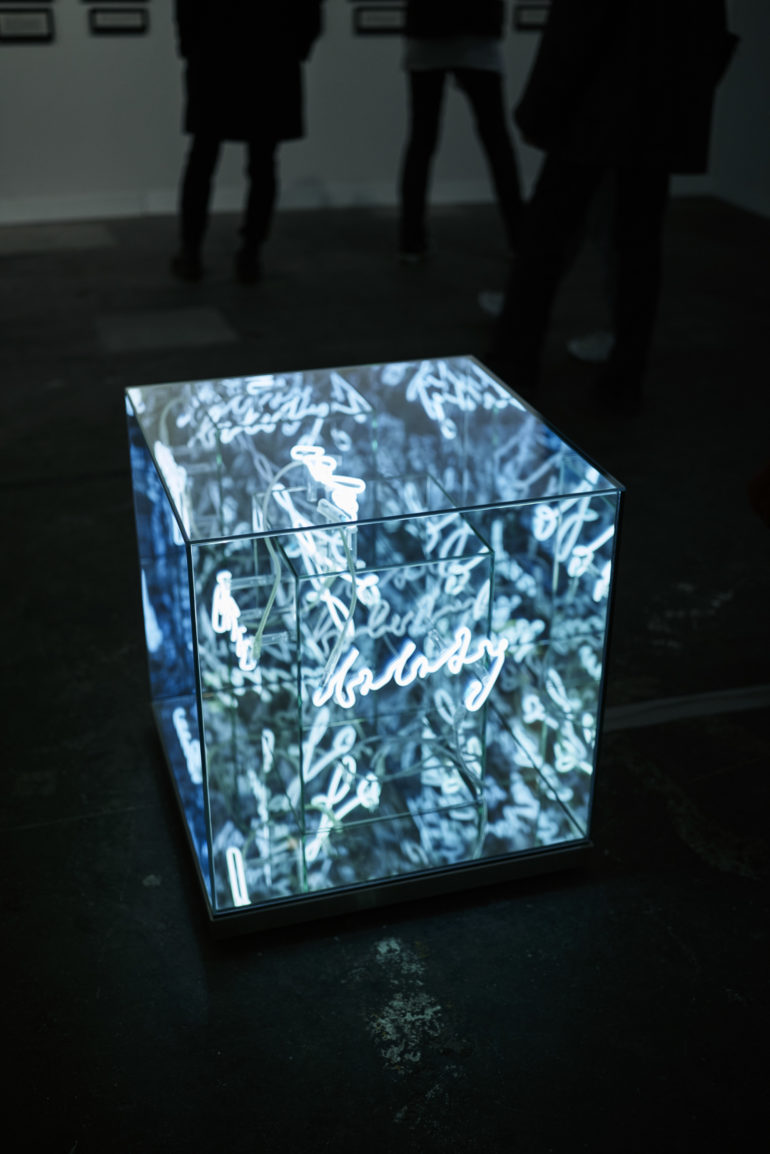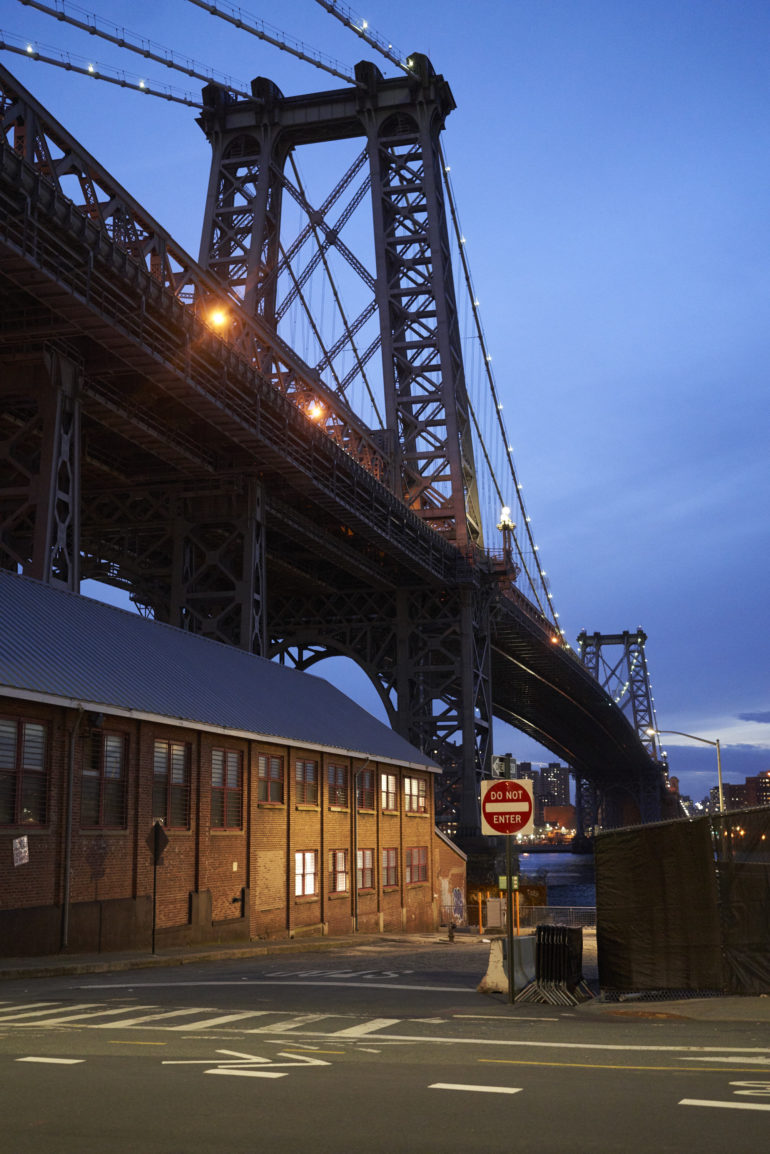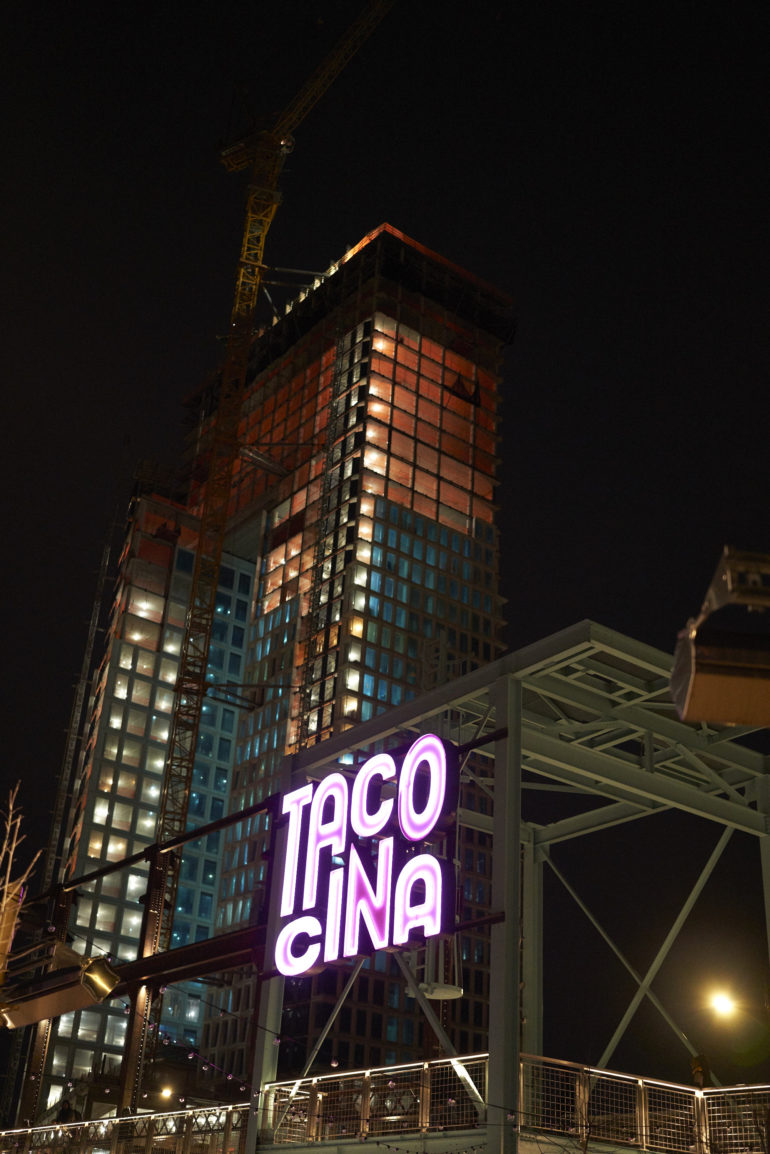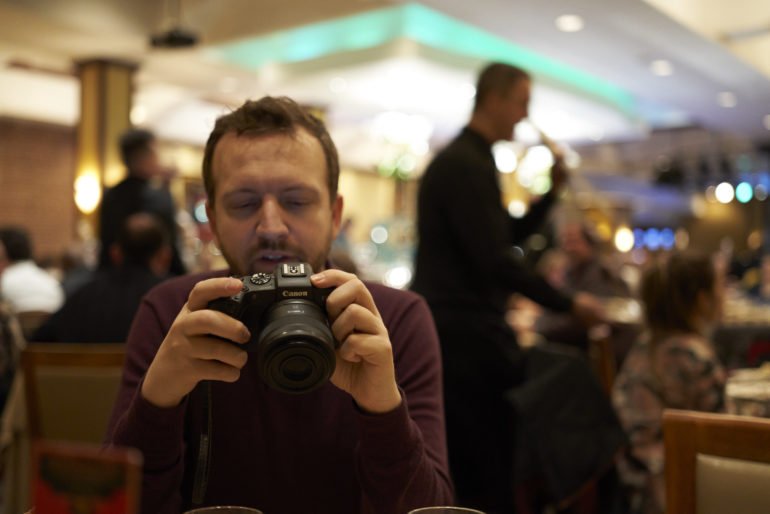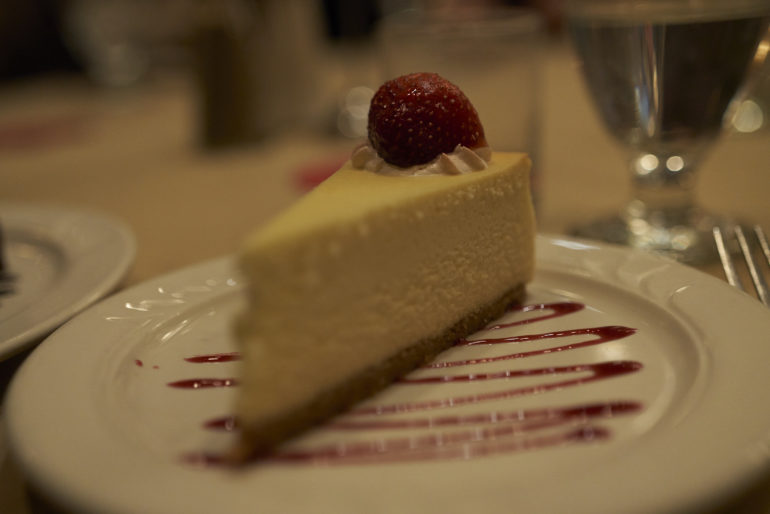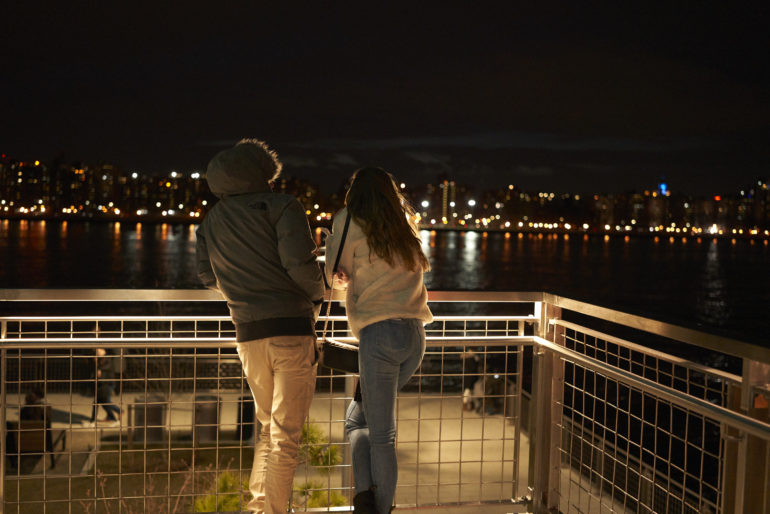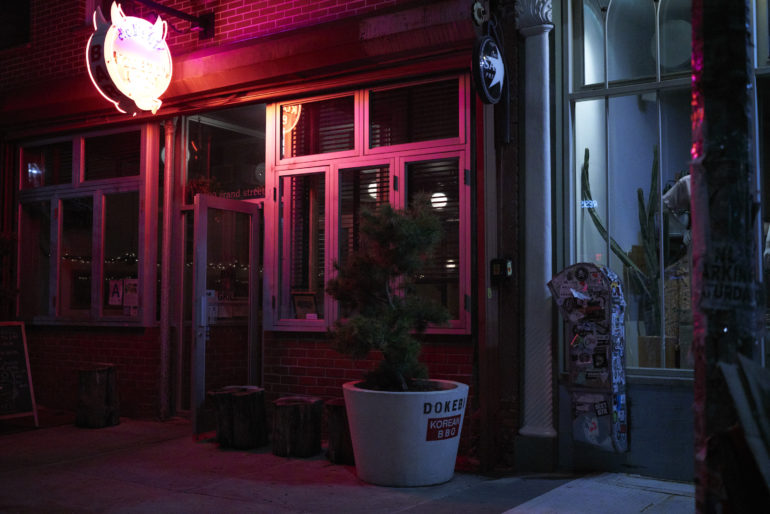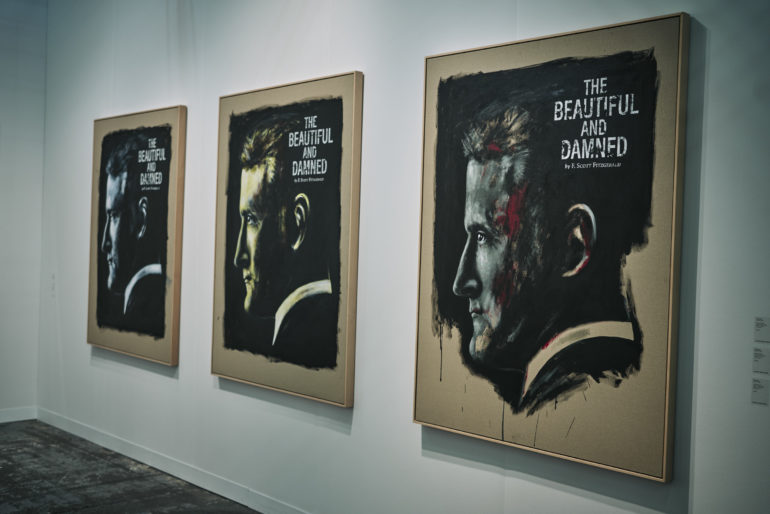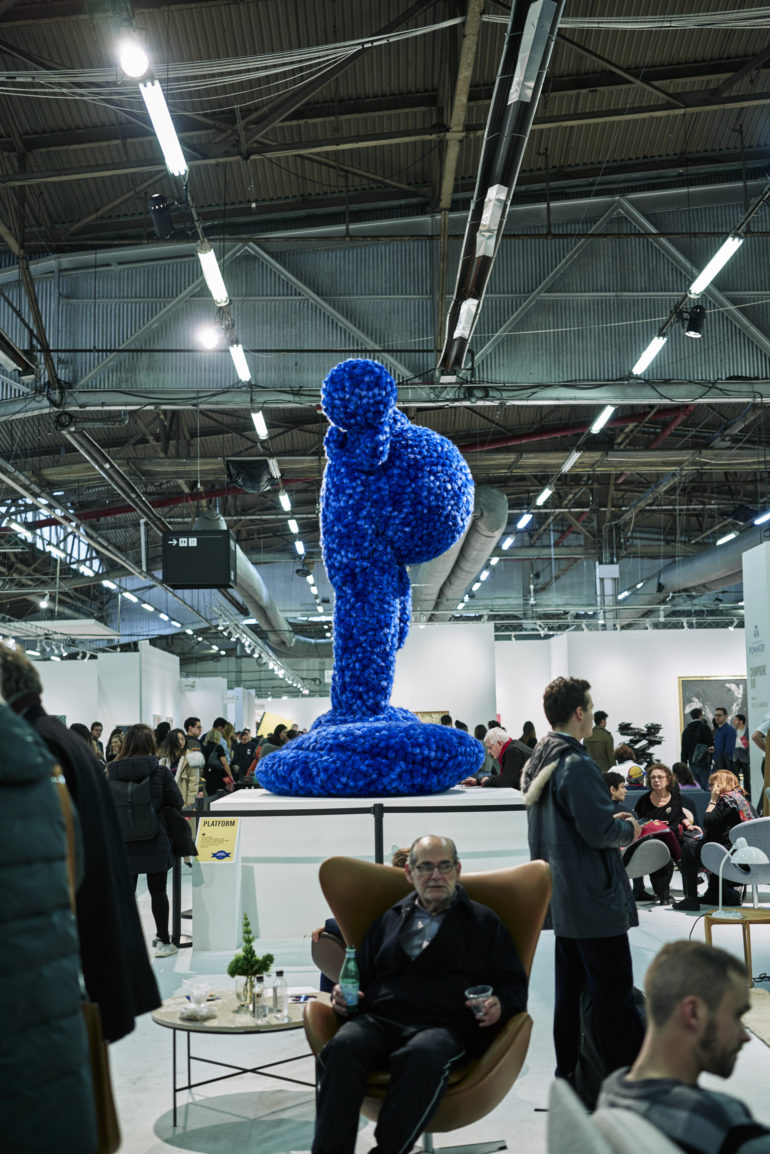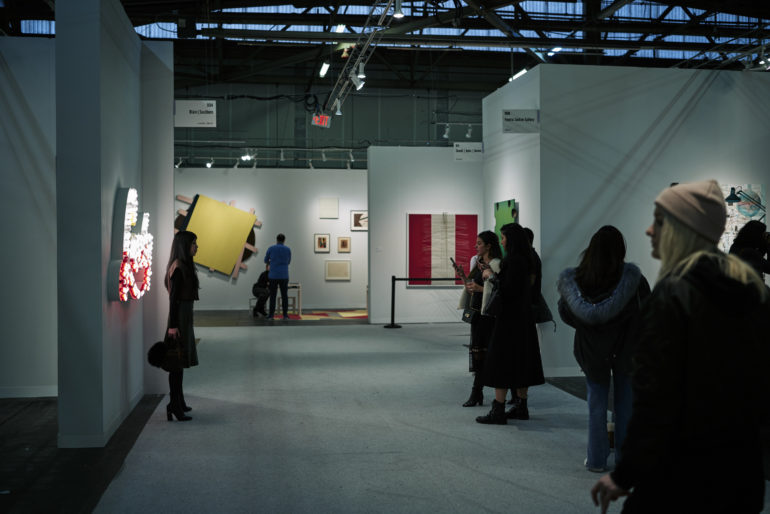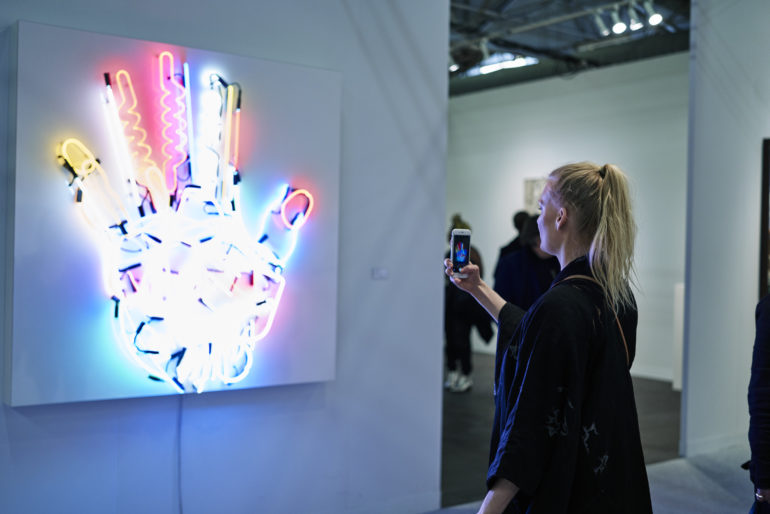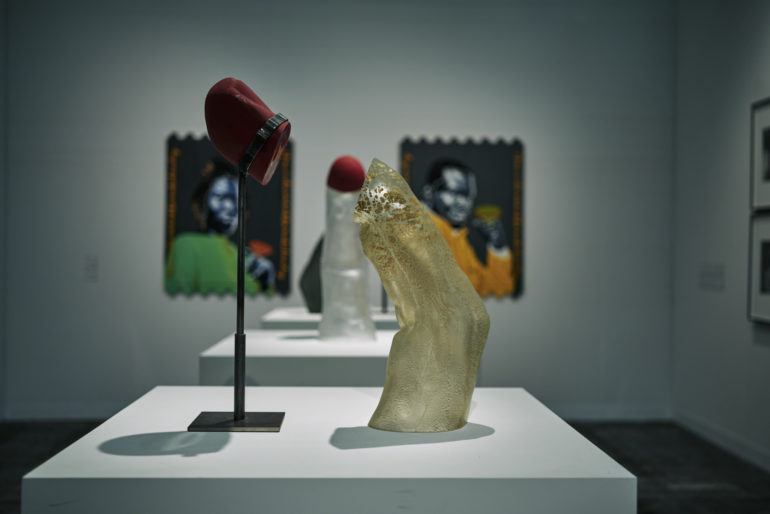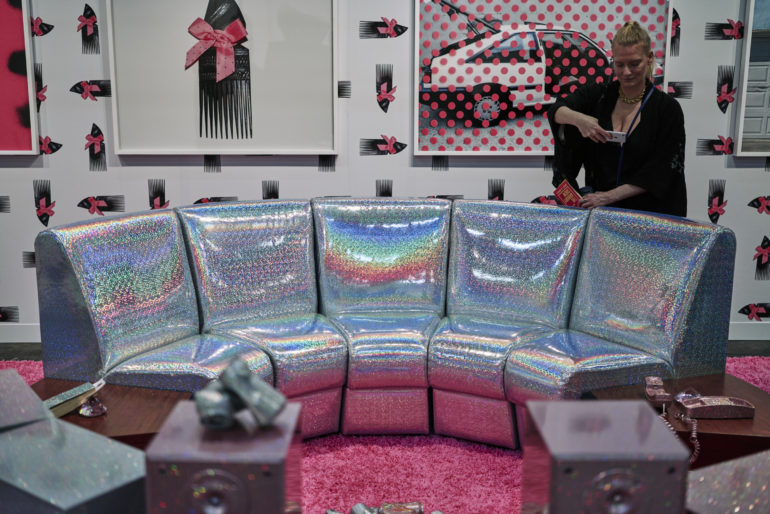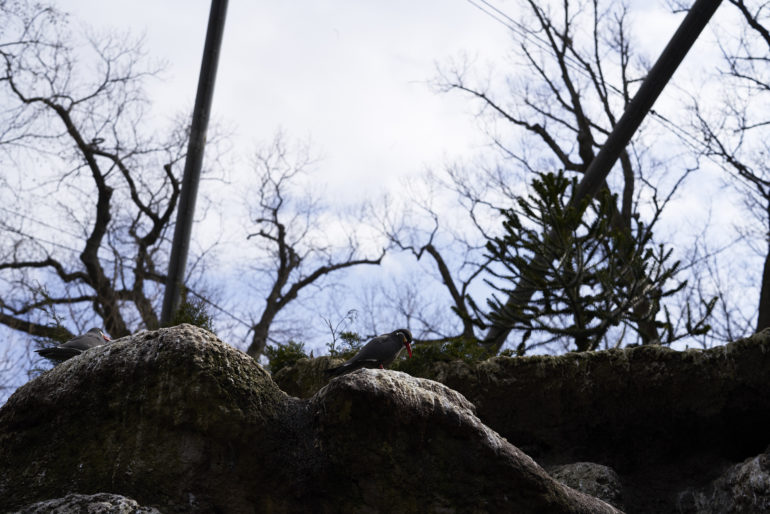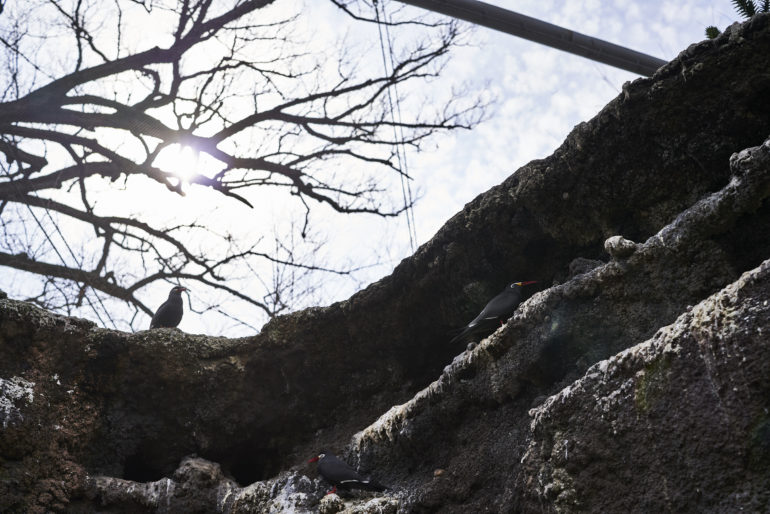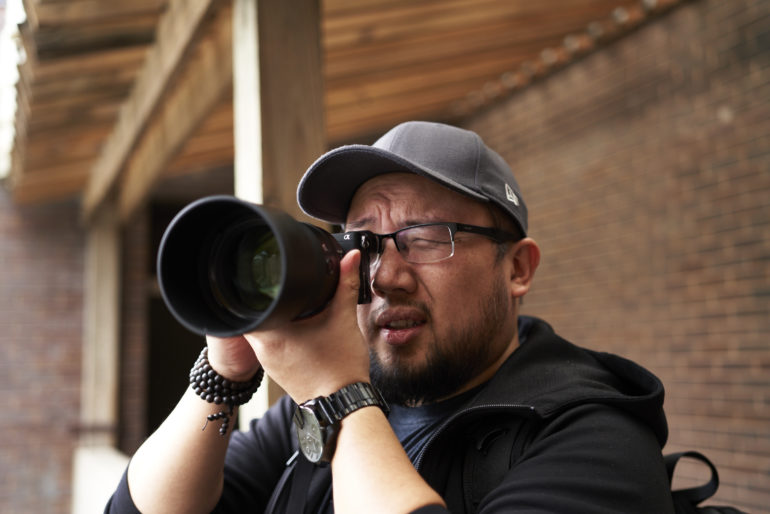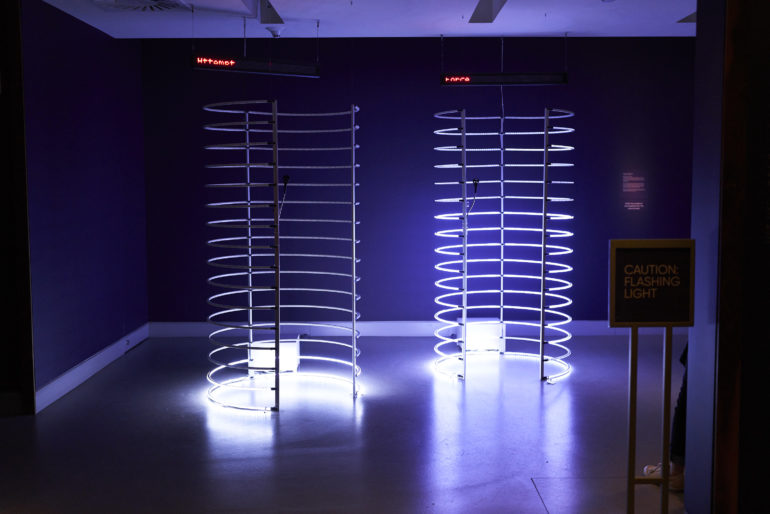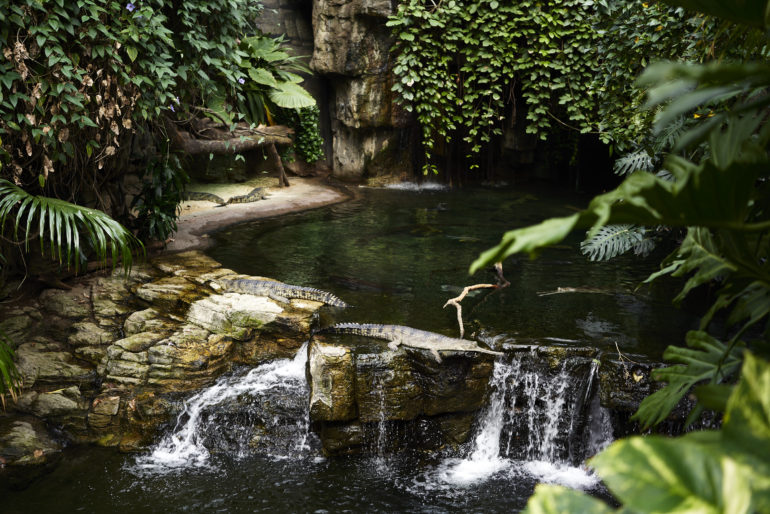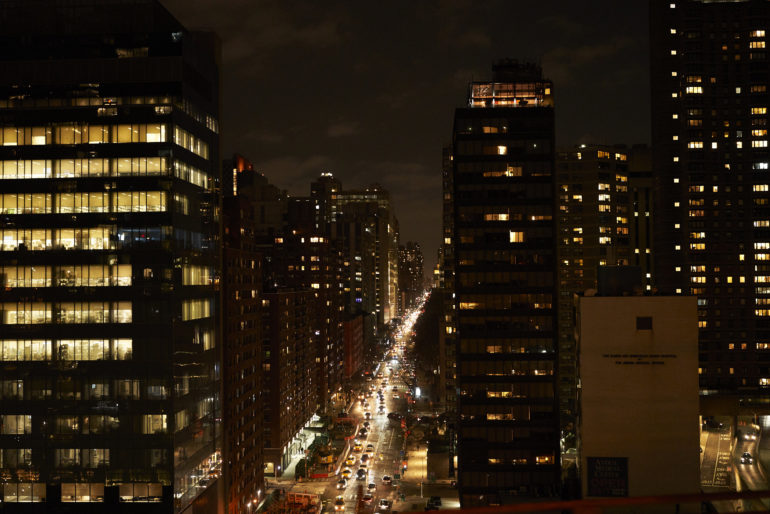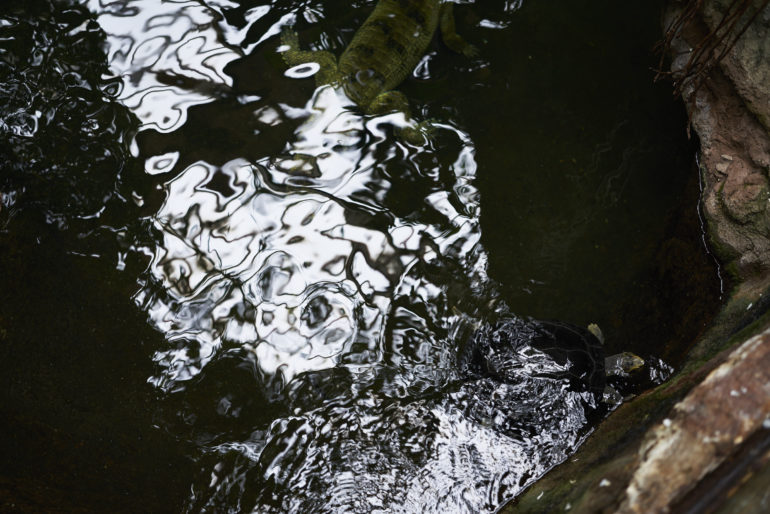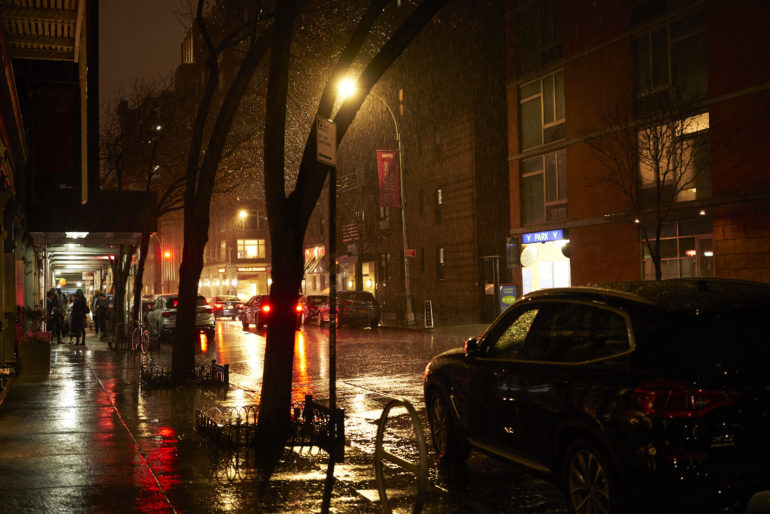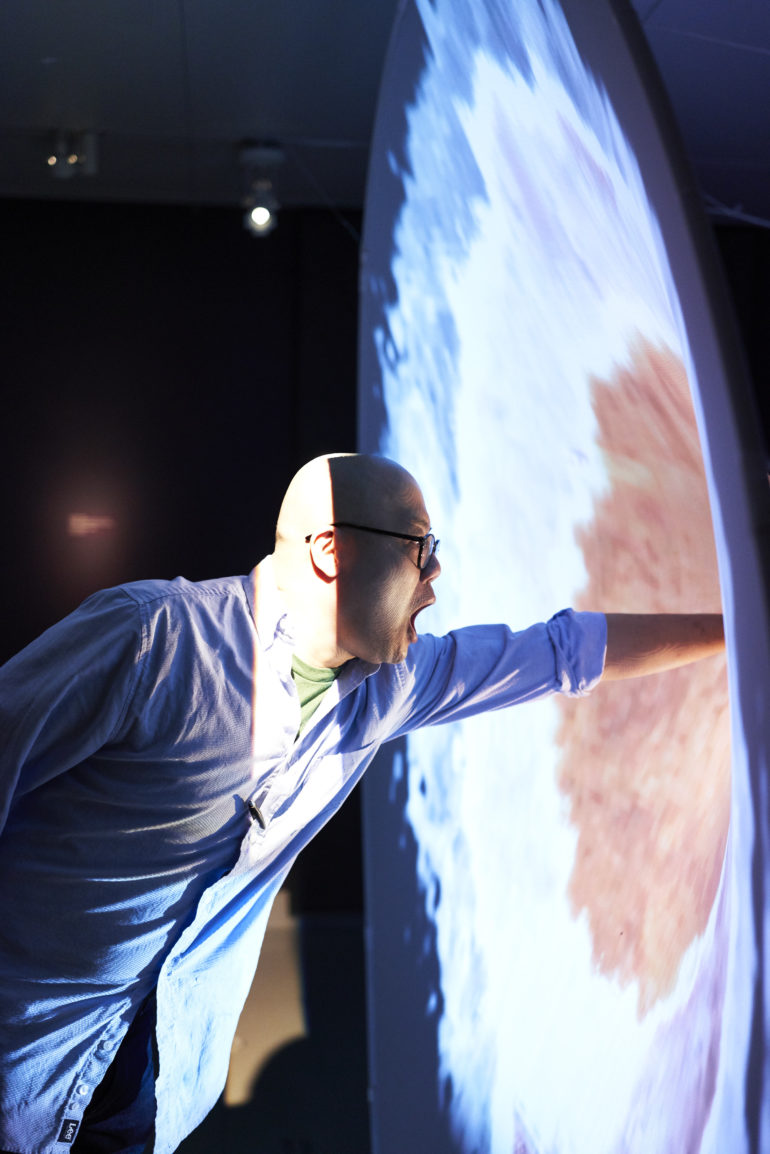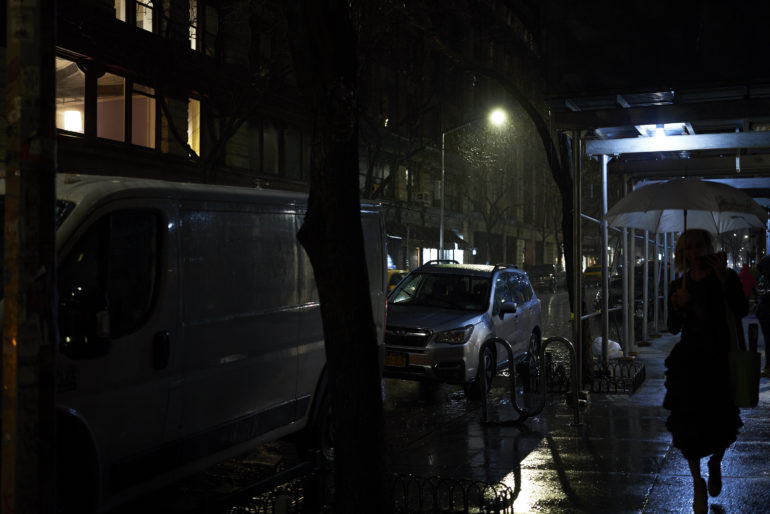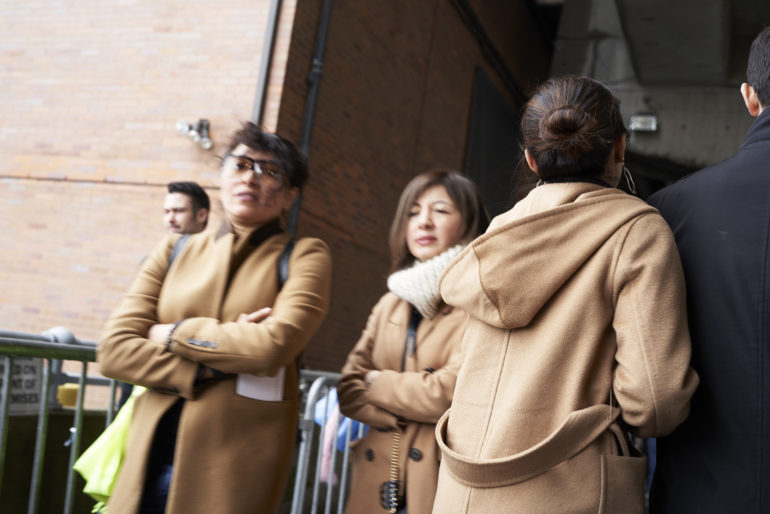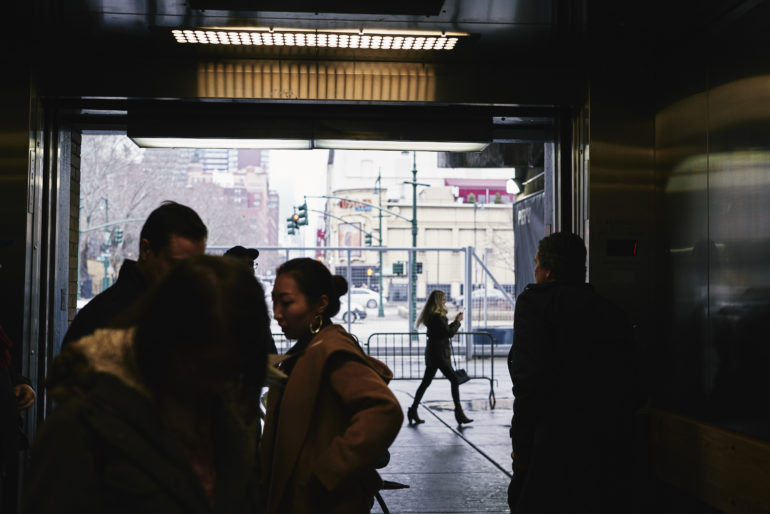The Zeiss 40mm f2 Batis is rugged and has good image quality, but it’s in an odd place.
The 40mm focal length is one that photojournalists can truly benefit from; and in the case of the Zeiss 40mm f2 Batis for Sony FE cameras photographers will be quite pleased with the results if they’re discerning about their look. Similar to what Sigma did, with their 40mm f1.4, the Zeiss 40mm f2 Batis has a muted color tone for the film look. It isn’t as sharp, but it is also slightly more affordable, smaller, lighter, etc. This lens also boasts weather sealing, fast autofocus, and the signature display window on top to give the photographer a ton of information that they need right then and there. The working photojournalist will surely find the Zeiss 40mm f2 Batis to be a good lens for their needs; but at the same time this doesn’t feel like a Zeiss offering. Further, I’m a bit befuzzled at why Zeiss didn’t make this an f1.4 lens.
Pros and Cons
Pros
- Weather sealing
- Beautiful image quality overall, but still not as good as some other Zeiss lenses I’ve used
- Versatile, and I’m glad Zeiss made this lens
- Autofocus is good enough for professional work
- Look at that bokeh!
- Not badly priced at $1,299
Cons
- Not as well built as some other lenses I’ve used
- Not as sharp as I’d expect a Zeiss to be
- Autofocus is a bit slow for fast paced street photography but not really for photojournalism
Gear Used
We tested the Zeiss 40mm f2 Batis lens with the Sony a7r III.
Tech Specs
Specs taken from Zeiss’s website
| Performance | Focal length | 40 mm |
| Aperture range | f/2 – f/22 | |
| Camera mount | Sony E-Mount* | |
| Format compatibility | Full Frame | |
| Focusing range | 0,24 m (0.78 ft) – ∞ | |
| Free working distance | 0,14 m (0.45 ft) – ∞ | |
| Angular field** (diag. | horiz. | vert.) | 56° / 47° / 33° | |
| Diameter of image field | 43,3 mm (1.7″) | |
| Coverage at close range (MOD)** | 79 x 117 mm (3.1 x 4.6″) | |
| Image ratio at minimum object distance | 1:3.3 | |
| Lens elements | groups | 9 / 8 | |
| Flange focal distance | 18,0 mm (0.71″) | |
| Entrance pupil position (front of image plane) | 75.1 mm (2.96″) | |
| Features | Autofocus | + |
| Image Stabilization | – | |
| Physical | Filter thread | M67 x 0,75 |
| Rotation angle of focusing ring | Focusing not mechanically coupled. Rotation angle depending on rotation speed. | |
| Diameter max. | 91 mm (3.6″) | |
| Diameter of focusing ring | 78 mm (3.1″) | |
| Length (with lens caps) | 106 mm (4.2″) | |
| Length (without lens caps) | 93 mm (3.7″) | |
| Weight | 361 g (0.80 lbs) |
Ergonomics
Look at the Zeiss 40mm f2 Batis and you’ll see a lens that looks much like any other standard prime for the Sony E mount’s full frame options. What you see here is the lens without its lens hood. So you can see the rubber focusing ring and the LED display window a bit more clearly.
With the lens hood on, the Zeiss 40mm f2 Batis still stays very compact. It is fatter than the Sony 35mm f2.8 as well as larger. It is also fatter than the 55mm f1.8 though arguably shorter. And it’s smaller than both of the Sony f1.4 lens options accordingly.
At the side of this lens, you can spot the Zeiss moniker. There are no switches on it. This means that you’ll need to change the autofocus mode in the camera. It also means that since there is no aperture dial, you can control this via the camera.
If you want to give this lens bolder color, a CPL filter could help. Make sure that it is a 67mm filter option.
Build Quality

As you can tell from the image above, the Zeiss 40mm f2 Batis can survive quite a bit of abuse in the rain. We tested it with the Sony a7r III and it survived well enough. This is great news as Sony’s cameras are often the options that we’re more concerned about when it comes to weather sealing tests. However, the Zeiss 40mm f2 Batis had no issues when it came to the performance–which solidifies our faith in its build quality.
In addition to what you saw in the previous image, the Zeiss 40mm f2 Batis has weather sealing at the lens mount. This rubber seal ensures that the Sony camera that it is mounted to is also protected. For photojournalists and other forms of documentary shooters, this may be very important. Reliability it huge, and if you’re mounting this lens to a higher end body, then we’ve got a lot of faith in what’s possible here. But if you’re mounting it to an a7 III, we won’t be as trustworthy as we saw in our Sony a7 III review.
Ease of Use
The Batis lineup is sort of odd for many photographers to come to understand. They have a window up top that displays information like focusing range and depth of field. The Zeiss 40mm f2 Batis has this front and center with the focusing ring behind it understandably. If you switch the camera (and not the lens because there is no direct control otherwise) into manual focus mode then you’re going to get even more precise info from the Zeiss 40mm f2 Batis. As you focus the lens forward and backward, you’ll see even more data about the depth of field, etc. It’s a lens that amateurs will need to get used to unless they put some black tape over this area.
Autofocus
So here’s the verdict on the Zeiss 40mm f2 Batis’s autofocus with the Sony a7r III.
- It’s fast enough for documentary journalism work
- It’s not really fast enough for street photography; which I feel is even quicker paced and is best served with zone focusing
- In low light and coupled with the Sony a7r III, Sony’s lenses are still slightly faster
So for the more professional type of work, the Zeiss 40mm f2 Batis will cater to your needs perfectly. Beyond this, the good news is that even Eye AF works in low light pretty well. It’s usable in every situation you could possibly come up with without moving up to the Sony a9. Sony’s own lenses are still better for autofocus but the Zeiss 40mm f2 Batis is no slouch at all. For the artist who wants to create their own street photos and sell prints, I’d recommend that you stick with Leicas.
Where I found it to be most fun is with this guy: who creates noodles pulled by hand. I asked him if I could take pictures of him while he did his craft and he obliged. As you can see, his face isn’t in focus for all three of the photos, but it goes to show that it hit 2/3–which further translates into you not needing to shoot a million images all the time.
Image Quality
The image quality on the Zeiss 40mm f2 Batis is sort of a mixed bag here. It isn’t as sharp as other Zeiss Batis lenses that I’ve used and in some ways I’m completely okay with that. I like the softer rendering because it doesn’t look like some of Sony’s lens renditions where they sometimes seem too sharp. The same applies to Sigma’s offerings. This is all part of what you’re paying for with Zeiss traditionally–the sharpest lenses with the most beautiful bokeh and great build quality. I mean, that’s why they’re so pricey! The bokeh is gorgeous indeed with the Zeiss 40mm f2 Batis, but I’m not quite sure if the engineers were going to a specific look with this lens or not.
At the same time, I wonder why Zeiss didn’t just go all out and build a 40mm f1.4 lens offering to compete with Sony’s own 35mm f1.4 and Sony’s 50mm f1.4 lenses. At that point, I would have been able to justify paying twice the price. At the current cost, Sony’s 55mm f1.8 FE is a more attractive option in some ways even though it doesn’t directly compete with the Zeiss 40mm f2 Batis.
Bokeh
The bokeh from the Zeiss 40mm f2 Batis is creamy and beautiful. Bokeh balls are there and the phenomena known as onion bokeh isn’t there either. For what it’s worth though, this has never bothered me and it shouldn’t bother you. It’s not at all getting in the way of storytelling. Photographers using the Zeiss 40mm f2 Batis to shoot portraits and candid moments will have no reason to fear. Using the f2 aperture on the Zeiss 40mm f2 Batis, photographers can isolate their subjects to tell stories within the frame. And honestly, that’s all you need.
Chromatic Aberration
We didn’t find much of any, so we’re going to take a hard pass and move on.
Color Rendition
Here again is where I was a bit dumbfounded. I like the colors, but the Zeiss 40mm f2 Batis isn’t as vivid or saturated as I’ve expected most Zeiss lenses to be. Again, it’s pretty muted and perhaps this goes hand in hand with what they wanted. Sigma created a 40mm f1.4 lens that we found to be similar yet very sharp. Zeiss’s option is softer and muted. Perhaps again this appeals to the film aesthetic.
Sharpness
I’ve seen sharper lenses from Zeiss. The Zeiss 40mm f2 Batis isn’t as sharp as a number of their other options on the market, but I wonder if this is purposely coupled with the more muted colors that I’m experiencing with the lens. At 2/3rd of the price roughly, the 55mm f1.8 is outdoing it in sharpness. Sony’s 35mm f2.8 Zeiss lens isn’t far off from it.
Extra Image Samples
Conclusions
Likes
- Image quality
- Small size
- Weather sealing
- Reliability
- Being the thing in between a 35mm and a 50mm. In fact, I find 40mm lenses to be ideal in most ways
Dislikes
- It doesn’t feel like a Zeiss lens and I’m not sure how to mentally process that.
The Zeiss 40mm f2 Batis is exceedingly good for the cost. Per se, there isn’t anything at all awful with it. But I’ve just personally come to expect more from Zeiss. What do I mean by that?
- Sharper lenses, though the softness can add to the look
- Muted colors, though Sony has enough super saturated lens options
- f1.4; this is where I’m very confused
And truthfully, that’s all that I’ve got qualms with. Perhaps the the Zeiss 40mm f2 Batis could have been better served as a Loxia lens with manual focus?
This lens is otherwise stellar. It has beautiful bokeh that the photographer can use the separate subject and background with ease. It focuses quickly in photojournalistic situational needs. And most of all, it boasts a heck of a lot of weather sealing. But what could have put this lens over the top is an f1.4 aperture to really compete with the highest end Sony G master lenses. In its current state, I’d probably buy this lens over the 35mm f2.8 and 55mm f1.8 together. It would serve its purpose very well in most cases.
The Zeiss 40mm f2 Batis lens earns four out of five stars. Want one? They’re available for $1,299 on Amazon.


